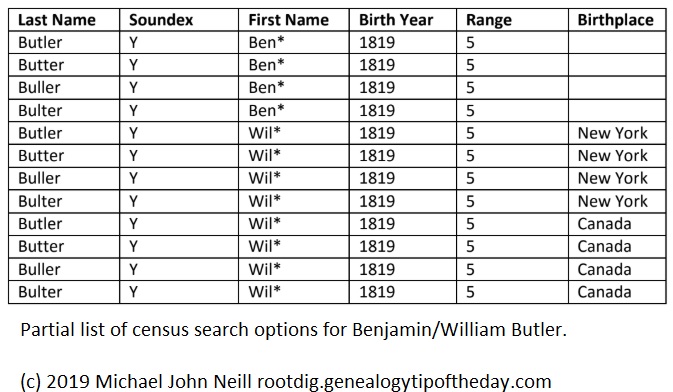Online searches go better when they are organized.
Organized searches increase the chance the the person of interest is found in the database and that, if they are not located, effective alternate search strategies can be conducted and the researcher can more easily problem-solve in an attempt to improve their results. Searching willy-nilly without keeping track of what one is doing is asking to not find the person.
I usually chart out my search attempts and the search combinations that were used–with one major restriction. This is only done if the person is not easily found. If I’ve spent more than ten minutes searching a database for someone, it is time to think about all the search options available to me and make certain that there are not search combinations that I am overlooking.
That is what happens when one does not track the searches that are conducted. Tables and charts can help in organizing the searches. They serve as a research log and can aid in making certain every search combination has been conducted.

It’s not necessary to create this table every time a database is searched. That’s not really a good use of time. Neither is performing the same search over and over. It also allows the researcher to tell someone else:
Here is what I did and I still couldn’t find them.
If the record set is small, searching the records manually is a good suggestion. But if the person lived somewhere in the “general Chicago area” in 1920 a manual search may not be practical–leaving us with only database queries.